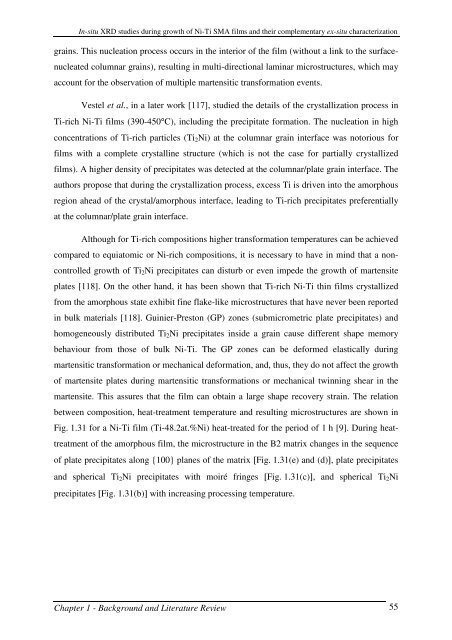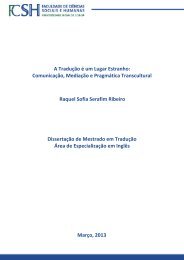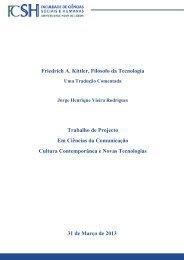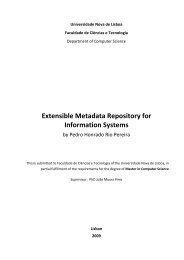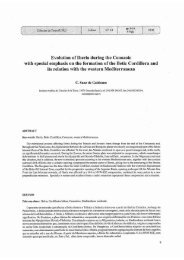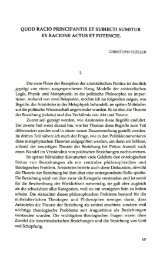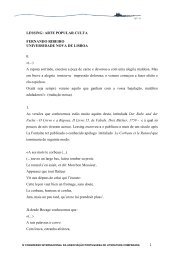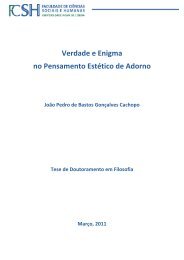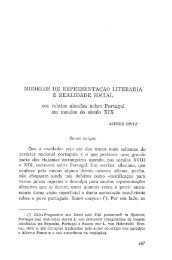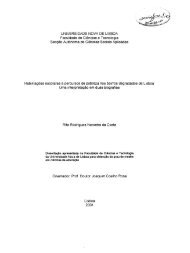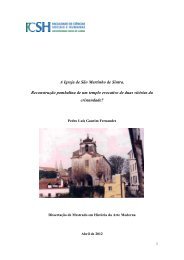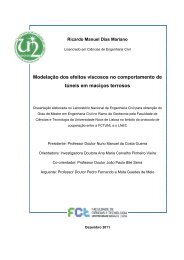PhD Thesis_RuiMSMartins.pdf - RUN UNL
PhD Thesis_RuiMSMartins.pdf - RUN UNL
PhD Thesis_RuiMSMartins.pdf - RUN UNL
Create successful ePaper yourself
Turn your PDF publications into a flip-book with our unique Google optimized e-Paper software.
In-situ XRD studies during growth of Ni-Ti SMA films and their complementary ex-situ characterization<br />
grains. This nucleation process occurs in the interior of the film (without a link to the surfacenucleated<br />
columnar grains), resulting in multi-directional laminar microstructures, which may<br />
account for the observation of multiple martensitic transformation events.<br />
Vestel et al., in a later work [117], studied the details of the crystallization process in<br />
Ti-rich Ni-Ti films (390-450°C), including the precipitate formation. The nucleation in high<br />
concentrations of Ti-rich particles (Ti 2 Ni) at the columnar grain interface was notorious for<br />
films with a complete crystalline structure (which is not the case for partially crystallized<br />
films). A higher density of precipitates was detected at the columnar/plate grain interface. The<br />
authors propose that during the crystallization process, excess Ti is driven into the amorphous<br />
region ahead of the crystal/amorphous interface, leading to Ti-rich precipitates preferentially<br />
at the columnar/plate grain interface.<br />
Although for Ti-rich compositions higher transformation temperatures can be achieved<br />
compared to equiatomic or Ni-rich compositions, it is necessary to have in mind that a noncontrolled<br />
growth of Ti 2 Ni precipitates can disturb or even impede the growth of martensite<br />
plates [118]. On the other hand, it has been shown that Ti-rich Ni-Ti thin films crystallized<br />
from the amorphous state exhibit fine flake-like microstructures that have never been reported<br />
in bulk materials [118]. Guinier-Preston (GP) zones (submicrometric plate precipitates) and<br />
homogeneously distributed Ti 2 Ni precipitates inside a grain cause different shape memory<br />
behaviour from those of bulk Ni-Ti. The GP zones can be deformed elastically during<br />
martensitic transformation or mechanical deformation, and, thus, they do not affect the growth<br />
of martensite plates during martensitic transformations or mechanical twinning shear in the<br />
martensite. This assures that the film can obtain a large shape recovery strain. The relation<br />
between composition, heat-treatment temperature and resulting microstructures are shown in<br />
Fig. 1.31 for a Ni-Ti film (Ti-48.2at.%Ni) heat-treated for the period of 1 h [9]. During heattreatment<br />
of the amorphous film, the microstructure in the B2 matrix changes in the sequence<br />
of plate precipitates along {100} planes of the matrix [Fig. 1.31(e) and (d)], plate precipitates<br />
and spherical Ti 2 Ni precipitates with moiré fringes [Fig. 1.31(c)], and spherical Ti 2 Ni<br />
precipitates [Fig. 1.31(b)] with increasing processing temperature.<br />
Chapter 1 - Background and Literature Review 55


